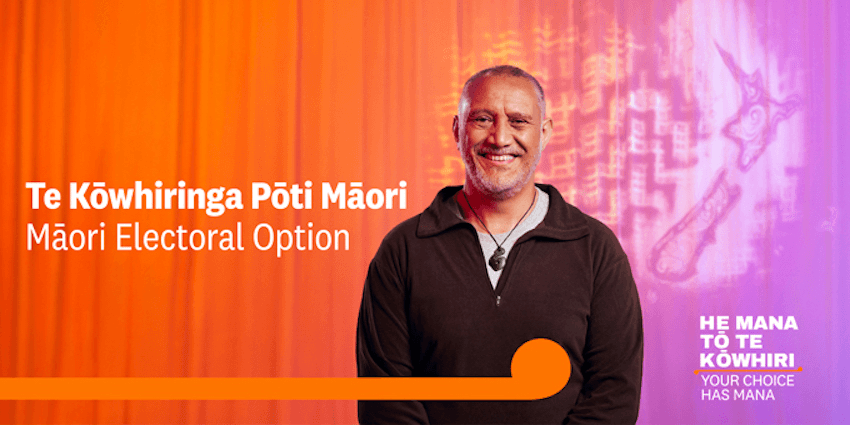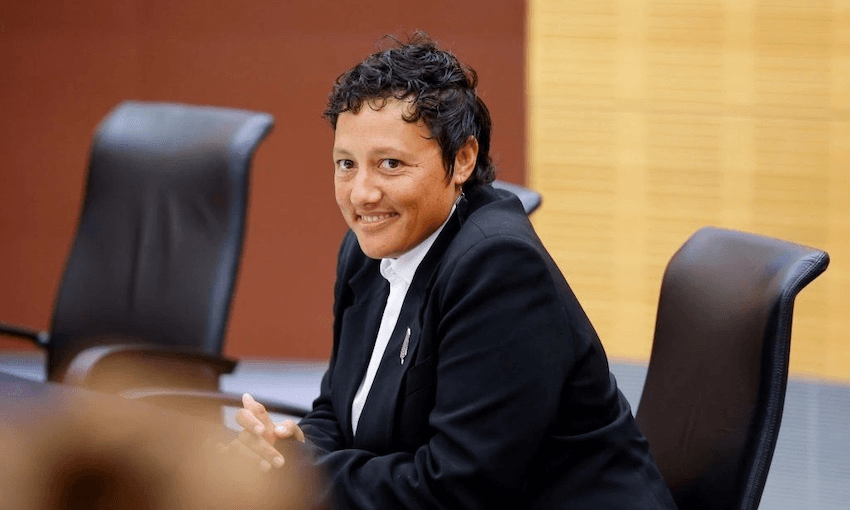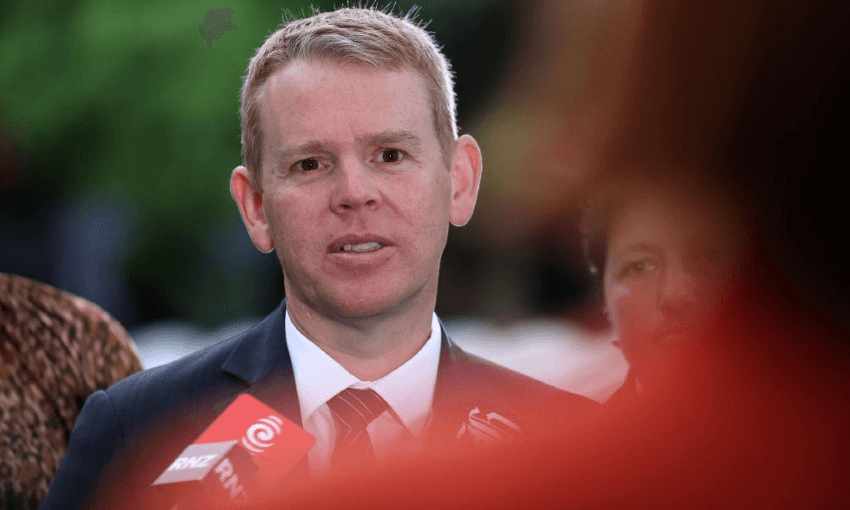The results are in from the latest Māori electoral option, a period when tangata whenua and those of Māori descent can switch between the general and Māori electoral rolls. During the option, which ran between March 31 and July 13, 40,000 eligible voters interacted with the process by changing rolls, enrolling to vote or updating their details (like their address so they’re voting in the right electorate). In total, 14,587 people changed rolls, 8,109 to the Māori roll and 6,478 to the general roll. Regarding enrolments, 2,133 new voters registered for the Māori roll and 1,108 signed up for the general roll. Details were updated for 22,136 New Zealanders.
This option was the first since it was established in 1975 that eligible voters could switch between rolls freely, thanks to a law change that came into effect on March 31. The new rules allow anyone with Māori whakapapa to switch between rolls whenever they please until three months before an election, and this year the deadline was midnight July 13. Although that date has passed, eligible voters who aren’t yet enrolled can still choose which roll they want to be on when they sign up with the Electoral Commission. These same rules will apply to future elections, starting with the 2025 local elections.
Previous legislation only allowed people with Māori whakapapa to switch rolls during a short, four-month window once every five to six years, which was criticised as being undemocratic. If the previous rules were maintained, Māori wouldn’t have been able to change rolls until 2024 – after this year’s general election and six years since the last opportunity to swap rolls in 2018.
Read why eligible voters chose between the general and Māori electoral rolls.





